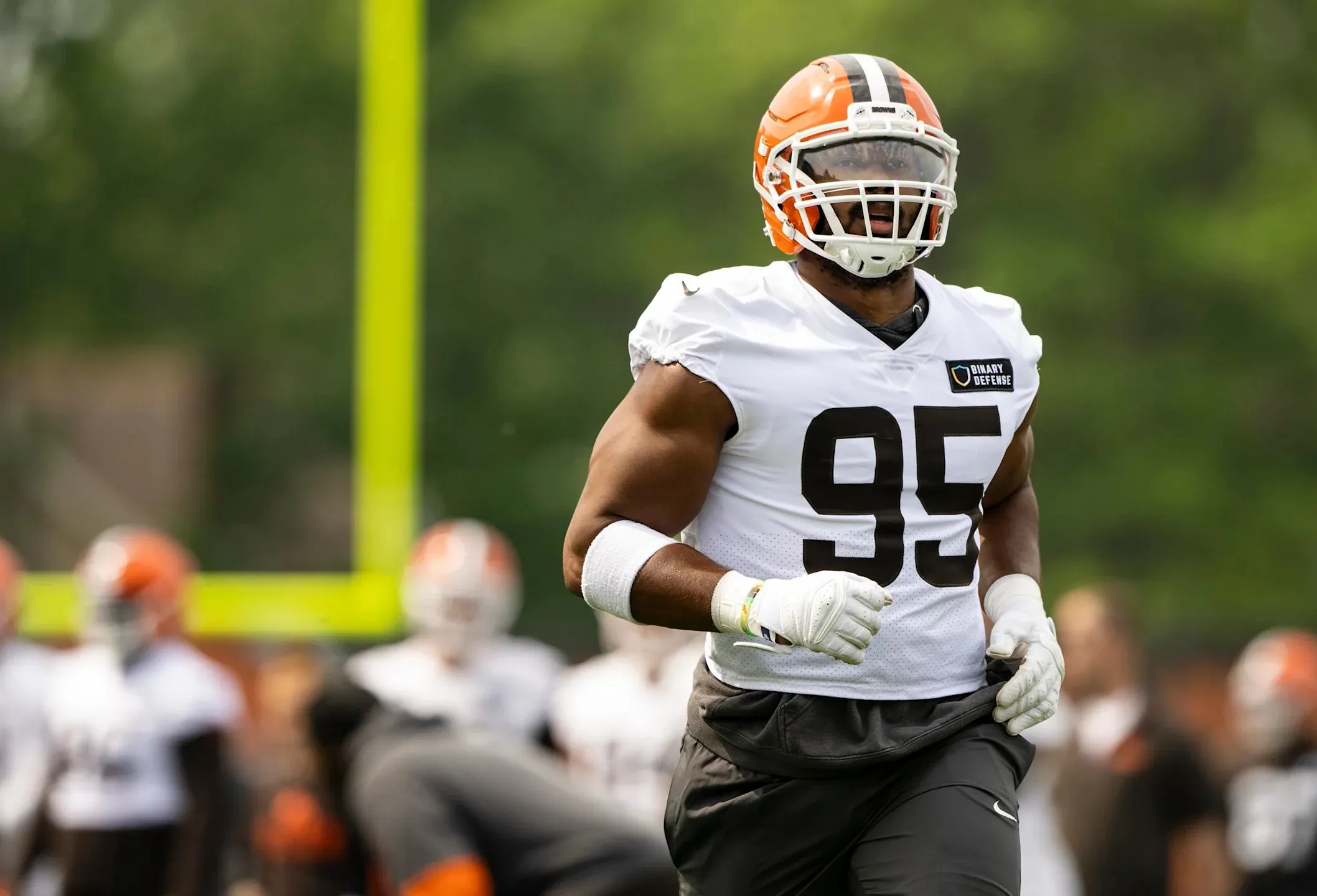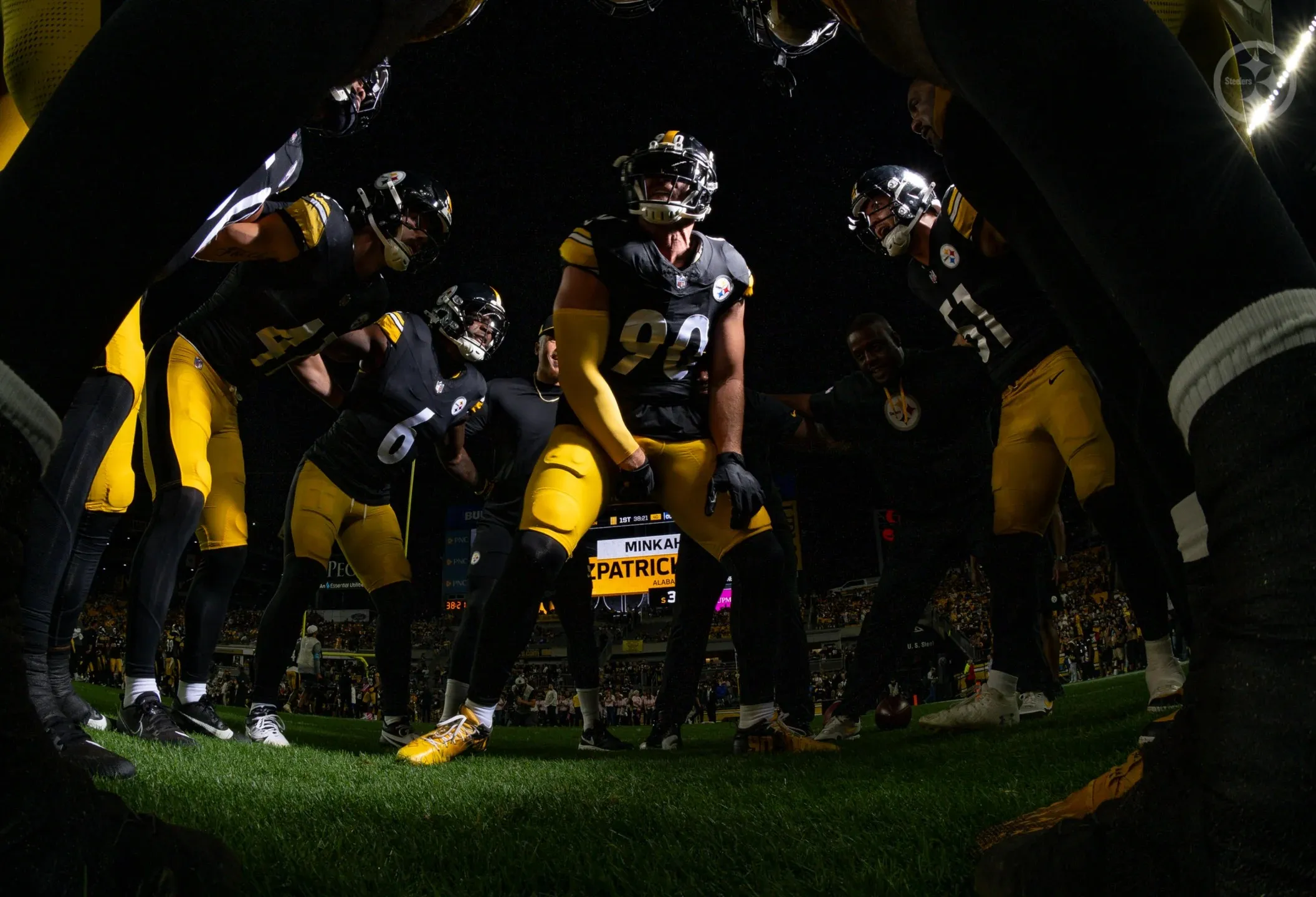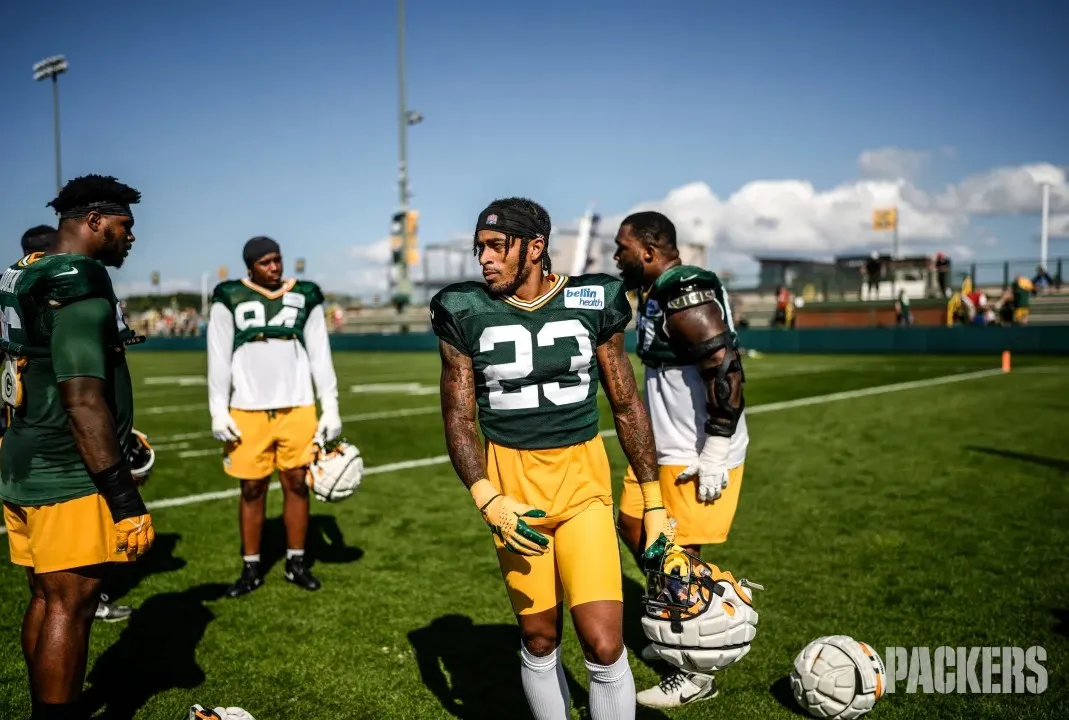The Dallas Cowboys’ run defense in 2024 had well-documented struggles. No matter which metrics you look at, raw or advanced, the trends are alarming. It’s been a much-discussed topic among fans and analysts alike.

During a recent episode of Trust the Tape, with Jeff Cavanaugh, former Cowboys scout and current analyst Bryan Broaddus pushed back on the idea that poor defensive tackle play is to blame. He argued the problem is more nuanced, and that the issues plaguing the defense are more holistic than many Cowboys fans realize.
Is he right?
Let’s take a closer look.
What The Numbers Say About The Cowboys’ Run Defense In 2024
2024 At A Glance
We know the Cowboys’ run defense last year was bad overall—one of the worst in the league by almost any measure.
Dallas gave up 2,331 rushing yards (28th in the NFL), allowed 25 rushing touchdowns (worst in the league), and surrendered 4.8 yards per carry (tied for 29th). Bad. These aren’t small misses either. They’re soul-snatching failures in the most foundational aspect of defense—stopping the run.
You would be hard-pressed to find a statistic or metric that was kind to Dallas last year. They got bullied in short-yardage situations and gave up chunk plays on early downs. Opponents hit home runs from all over the field, cashing in from anywhere and everywhere. It’s one thing to give up yardage. It’s another to be this consistently bad when it matters most.
This wasn’t a bend-don’t-break defense. It bent and broke.
Yes, The Interior Did Collapse
Fans oversimplify things. Fair. So do analysts. Ever watched First Take?
But in this case, Cowboys fans aren’t wrong. The film backs it up. The advanced metrics scream it. The root of Dallas’ run defense problems started in the interior of the defensive line.
Dallas finished 31st in Expected Points Added (EPA) against the run, a damning stat that doesn’t simply measure yardage. When the Cowboys gave up rushing yards, they weren’t hollow. Teams moved the chains, flipped field position, and kept drives alive. This wasn’t death by a thousand cuts. It was blunt force trauma.
The issues began at the snap. Opposing rushers gained 2.5 yards before contact, second-worst in the league. That’s not a missed tackles stat. It’s a line of scrimmage issue. Dallas ranked 31st in stuffed run rate at 14.5%, meaning they rarely made stops at or behind the line of scrimmage. In short-yardage situations, the Cowboys were soft, with opponents converting power runs at a staggering 82.6% clip, the worst mark in the NFL.
Even when the defense was in the right call, the results didn’t change. Against stacked boxes, opposing rushers still averaged 4.5 yards per carry, ranking 28th. Inside zone runs, a staple of any NFL rushing attack, chewed them up for 5.1 yards per carry, tied for dead last in the league.
And in the moments that mattered most—at the goal line—Dallas folded. They allowed 11 rushing touchdowns in goal-line situations, second-most in the league, despite facing only the eighth-most goal-line carries. Not only did they fold. They folded quickly.
Yes, run defense is more than just defensive tackles. But when you’re consistently giving up yardage before contact, getting moved off the ball in short-yardage situations, and surrendering points near the goal line, the problem starts up front.
There Were Other Issues—But None As Severe
To be fair, Bryan Broaddus isn’t wrong when he says the Cowboys’ run defense woes weren’t limited to just the interior. There were missed tackles, inconsistent edge setting, and breakdowns at the second and third levels.
Dallas missed 93 tackles in the run game last season, 23rd in the league. Their missed tackle rate—how often a defender failed to bring down the ball carrier—was also 23rd at 19.3%. That’s too high for a defense that fancies itself fast and swarming.
Runners also found space at the second level, gaining 1.5 yards per attempt beyond the line of scrimmage (21st), and another 2.1 yards per carry in the open field (20th). Again, bad, but not bottom-of-the-barrel bad.
Teams ran outside zone against Dallas at the second-highest rate in the league (27.6%), trying to test the edges and strain pursuit. But the Cowboys allowed just 4.4 yards per attempt on those runs, 20th in the NFL. Flawed? Certainly. Fatal? No.
These are issues that need to be cleaned up if the defense is going to return to form. But they weren’t the biggest problem. The advanced numbers from the front tell a different story entirely—one of a defense getting blown off the ball before the play even had a chance to develop. The farther from the snap you go, the less catastrophic the numbers get (generally). That tells you everything you need to know about where the breakdown started.
It Starts Up Front
Run defense is a team effort, no question. But that doesn’t mean every problem carries equal weight. When a defense consistently loses at the line of scrimmage—giving up yards before contact, collapsing on short-yardage downs, folding at the goal line—everything else breaks down behind it. That was the Dallas Cowboys in 2024.
Everyone up front needs to step up, but it starts in the middle: Mazi Smith has to make a leap in year 3. Osa Odighizuwa must make strides as a run defender. And what will Marshawn Kneeland, who showed promise as a run defender as a rookie, look like coming off a knee injury? The list goes on.
Broaddus is right to call for a broader lens. But fans aren’t wrong to point to the trenches. The tape agrees. The stats agree. The Cowboys’ run defense in 2024 was a problem. If the Cowboys want to fix it in 2025, the work has to start where the breakdown began: up front.



